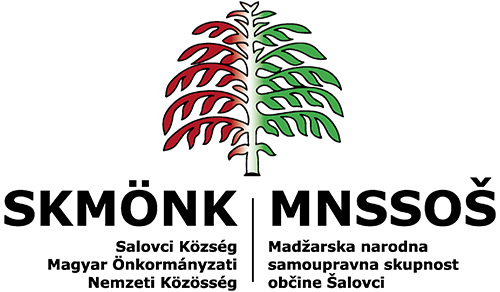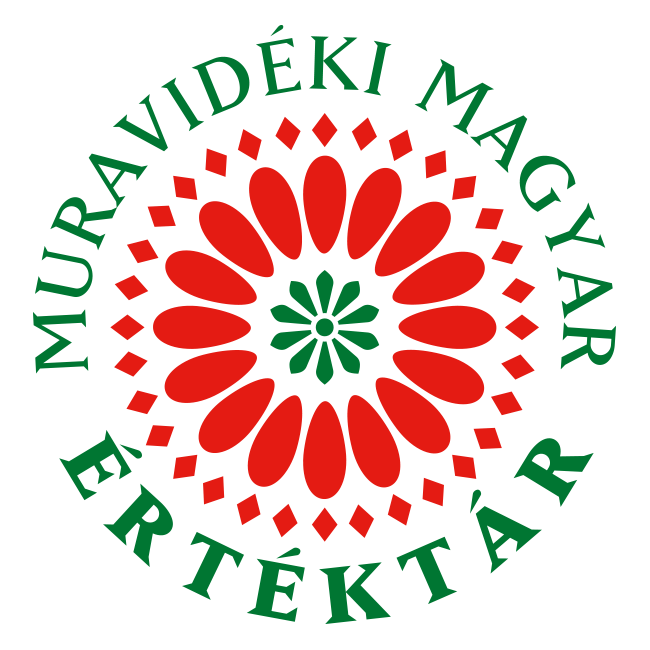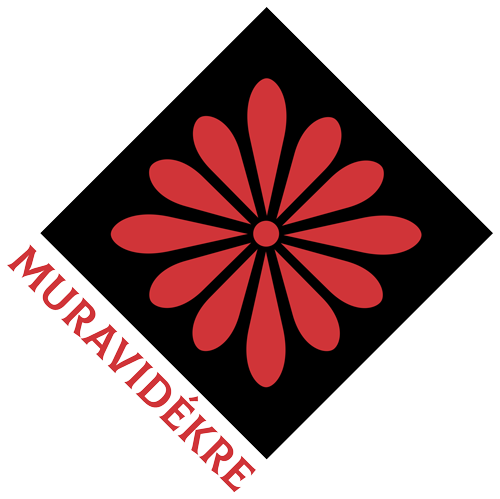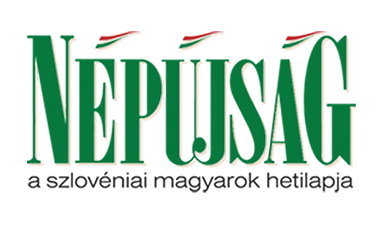 Beliefs and Customs on Saint George's Day
Beliefs and Customs on Saint George's Day
St. Martin´s Day
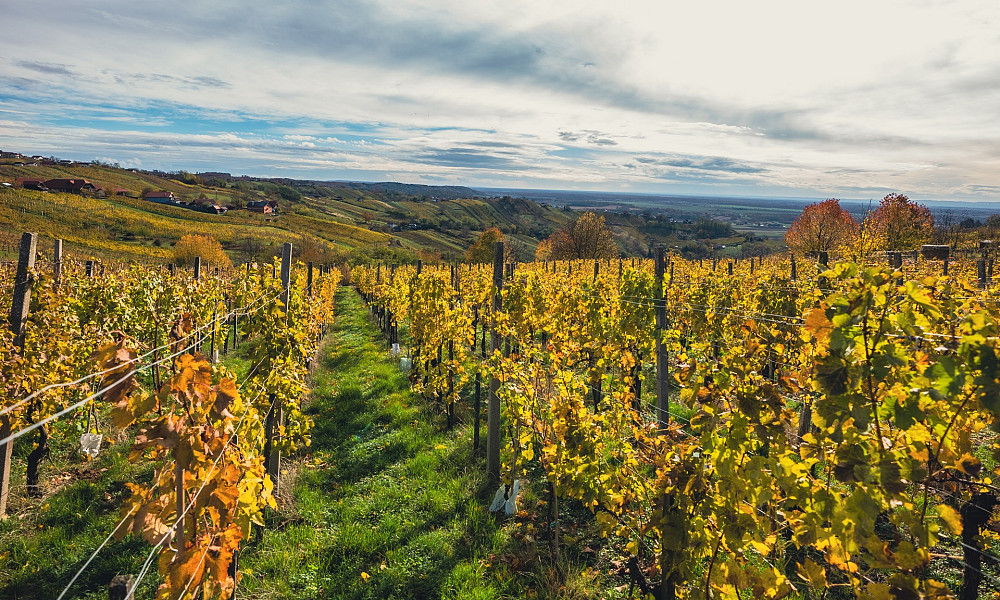
Saint Martin´s Day marks the end of autumn and the beginning of winter. This is the time of the year when autumn jobs end and preparations for the winter take place, including the slaughter of domestic animals. This used to be the day of the year when the first goose was slaughtered and also the day when young wine, also named as St. Martin´s wine, was tasted for the first time.
According to legend, St. Martin was born in 316 A.D. in the province of Pannonia. He served the Roman Emperor as a soldier. One cold winter evening, somewhere in France, he cut his warm cloak in half to share with a beggar. That night, Jesus appeared in his dreams as a beggar. From that moment onward, he served God only. During his lifetime, many legends were generated about his kindness, and he was even ordained a bishop. In line with the most popular legend, St. Martin did not find himself worthy of this title. Therefore, he hid in the goose pen so he could not be ordained a bishop, but the honking of the geese gave his hiding spot away. He was found and was consecrated as bishop of the French town of Tours.
St. Martin´s Day is associated with numerous customs and beliefs. On this day, people are not supposed to work. In Prekmurje, people believe that, on this particular day, it is forbidden to wash or hang clothes to dry because this endeavour would destroy the livestock.
According to popular belief, goose should be eaten on this day because, as the saying goes ˝if you don´t eat goose on St. Martin´s, you will be hungry all year long˝. The bone of the goose that remained after eating was a predication for the winter weather that lay ahead: if the bone was white and long, then the winter would be full of snow, but if the bone was brown and short, a muddy winter would follow.
In line with folk observation, the following was also true: if St. Martin ˝arrived on a white horse˝, that is if it snowed on St. Martin´s Day, then the winter would be mild, however, if St. Martin ˝arrived on a brown horse˝ and it did not snow, then a tough and snowy winter was to be expected. “If the goose walks on ice on St. Martin´s Day, it will be treading in water on Christmas Day.” If the weather is nice on St. Martin´s Day, then people used to refer to it as ˝the summer of St. Martin˝. In this case, a cold winter was to be expected.
Traditionally, farmers would pay their herdsmen on this day for their yearly work. As a sign of their gratitude, herdsmen would give their masters a present – the so called ˝St. Martin´s branch˝. According to popular belief, as many piglets would be born as twigs on the branch. In the upcoming spring, this branch was used to drive cattle to pasture.
Sources:
- Tátrai Zsuzsanna: Jeles napok, ünnepi szokások. Budapest, Planétás Kiadó, 1997.
- https://martonnap.com
- www.szgyakonyvtar.hu










